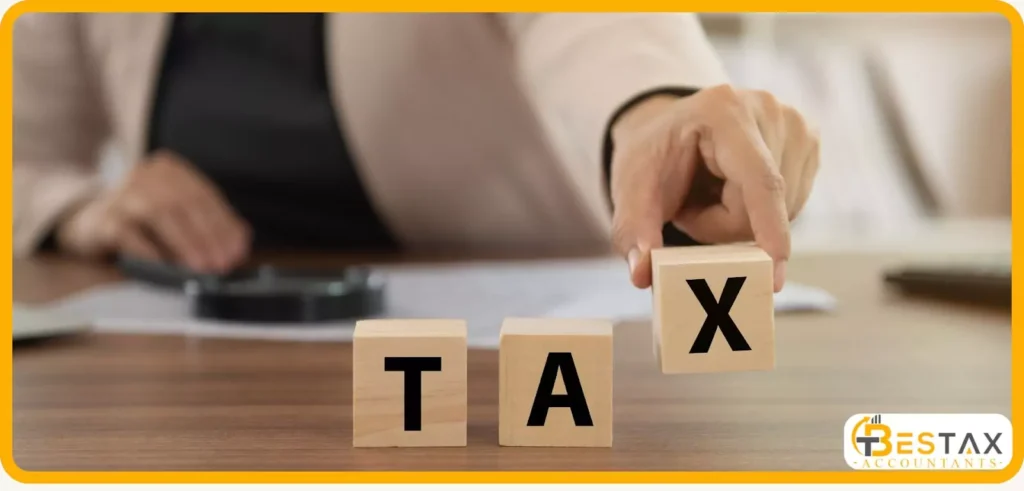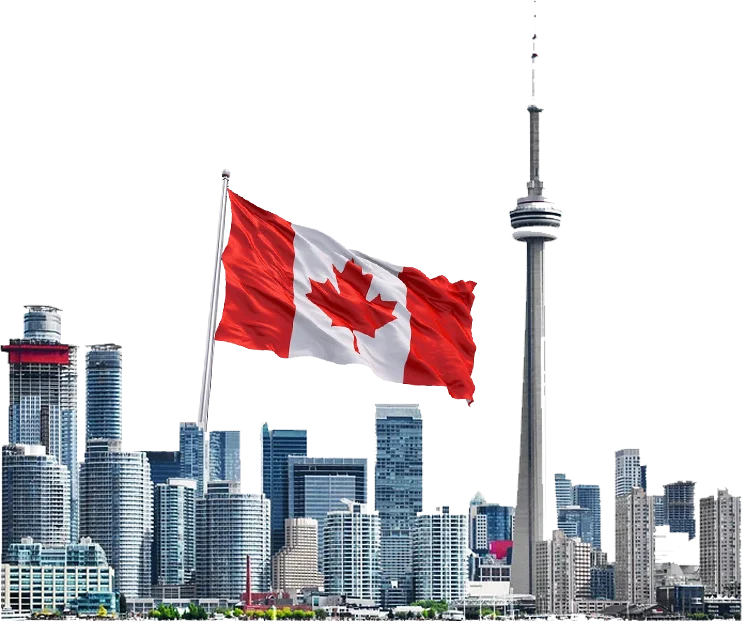In Canada, most goods and services are taxed. This includes a tax called the Goods and Services Tax (GST) and in some provinces, it’s combined with the provincial tax to create the Harmonized Sales Tax (HST). This tax is added to the final price that customers pay.
In Ontario, this tax system is called the HST, and it includes both federal and provincial parts. The current HST rate in Ontario is 13%.
Now, if you’re running a business in Ontario, you’ll likely need to charge this tax on your sales. But first, you’ll need to get an HST number.
In a hurry to get an HST Number? Follow these Steps:
- Create a CRA My Business Account
- Add a New Program Account
- Fill Out Business Details
- Submit Your Application
- Start Charging and Filing HST
Note: If you are not sure about anything during the registration, call the CRA Business helpline at 1-800-959-5525.

What is the HST Number?
An HST number is part of your business number (BN) issued by the Canada Revenue Agency (CRA). It shows that your business is allowed to charge and collect HST.
This number looks like your business number followed by RT0001. You’ll use this number when filing taxes, collecting payments, and showing customers that you’re a registered business for tax purposes.
Do I Need an HST Number in Ontario?
You only need to register for HST in Ontario if your business earns more than $30,000 in revenue over four calendar quarters (that’s a full year broken into 3-month periods).
If you make less than that, you’re called a small supplier. Small suppliers don’t need to register. But once you cross the $30,000 mark, you must apply for an Ontario HST number.
How to Get an HST Number in Ontario?
The easiest way to apply is online through your CRA My Business Account. You can also call the CRA at 1-800-959-5525 or send in a form by mail or fax.
If your business is in Quebec, you must register with Revenu Québec instead. They manage the GST and HST for that province.
Once you register, the CRA will assign you a GST/HST number. This lets you start charging customers and filing your HST returns.
What Happens After You Register?
Once you have your HST account registration in Ontario, you’ll be expected to:
- Collect HST on all taxable supplies
- File HST returns on time (usually every month, quarter, or year)
- Remit the HST you’ve collected to the CRA
If you spend money on business-related items or services, you might also be able to claim back some of the HST you paid. This is called an Input Tax Credit (ITC).
What Does HST Apply To?
HST is charged on most goods and services in Ontario. This includes:
- Physical goods
- Digital products
- Services
- Real estate
- Some types of intangible property like design rights
But there are some exceptions.
Zero-Rated and Exempt Items
Some things are taxed at 0%. These are called zero-rated items. They include:
- Groceries
- Prescription drugs
- Medical devices
- Farm and fishery products
- Feminine hygiene products
- Transportation services going in or out of Canada
Then there are exempt supplies. These are not taxed at all, and you can’t claim back any HST on related purchases. Common examples include:
- Residential rent
- Public transit
- Most health and dental care
If you only sell exempt items, you don’t need to register for HST.
Charging and Collecting HST
Charging HST isn’t always straightforward. It depends on what you’re selling and where your customers are.
There are rules called place-of-supply rules. These rules help you figure out which tax rate to apply. For example, selling to customers in another province may mean charging a different rate.
Let’s say you’re offering engineering services. Depending on how your service is delivered, it might be taxed as a product or a service. This can affect how much HST you need to charge.
If you’re unsure, the CRA offers a free GST/HST Rulings and Interpretations Service. They can help you understand how to classify your sales and apply the right HST rate.
HST Filing and Deadlines
Starting in 2024, if you’re registered for GST/HST, you must file your HST tax returns electronically, unless you’re a charity or a financial institution. If you don’t, you might face penalties.
It’s important to stay compliant not only to avoid fines, but also to keep your business in good standing with the CRA.
Final Thoughts
If you’re starting or running a business in Ontario, understanding how the HST system works is important. Once your earnings pass the $30,000 threshold, you must register for HST with the CRA.
Getting an HST number in Ontario is simple. However, using it correctly requires some learning. Keep records, file on time, and ask experts like Bestax if you’re unsure about anything.
This helps you stay on top of your sales tax obligations and grow your business without tax issues holding you back.
Quick FAQs
1. What is an HST number, and why do I need one in Ontario?
An HST number is a special part of your business number (BN). It shows that your business is registered to collect the Harmonized Sales Tax. In Ontario, businesses that earn over $30,000 in revenue over four calendar quarters must have this number.
2. How do I get an HST number in Ontario for my business?
To get an HST number in Ontario, you can apply online through the CRA My Business Account. You can also register by phone, mail, or fax.
3. When should I apply for an HST number in Ontario?
You should apply for an HST number as soon as your taxable revenue reaches $30,000 over four calendar quarters or in a single quarter.
4. How to register for HST in Ontario as a sole proprietor?
If you’re a sole proprietor, the process is the same as for other business types. Go to the CRA website, create a My Business Account, and choose the option to register for a GST/HST account.
5. Do I need an HST number in Ontario if I sell online?
If you’re selling goods or services online and make over $30,000 in gross revenue, you must register for an HST number.
6. Can I look up a GST/HST number in Ontario to verify a business?
The CRA offers a GST/HST number lookup tool. This lets you check if a business is properly registered. To use it, visit the CRA website and enter the business’s name or HST number. It helps confirm if you’re dealing with a legitimate, tax-registered business.
7. What happens if I don’t register for an HST number when I’m supposed to?
If you don’t register for an HST number, you could face penalties and interest from the CRA. You’ll also need to pay the tax you should have collected, even if you didn’t charge your customers. That’s why it’s important to register for HST CRA on time to stay compliant.
Disclaimer: The information provided in this blog is for general informational purposes only. For professional assistance and advice, please contact experts.




